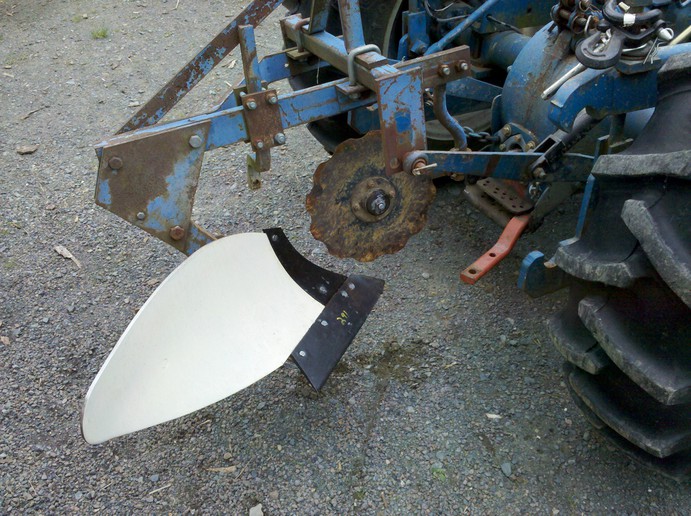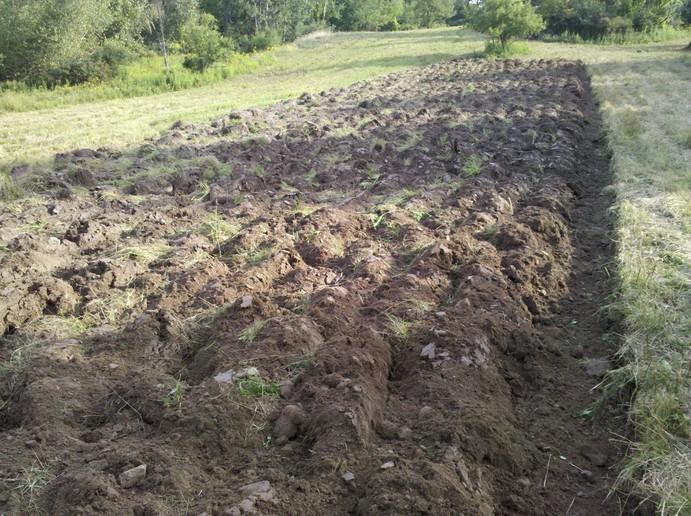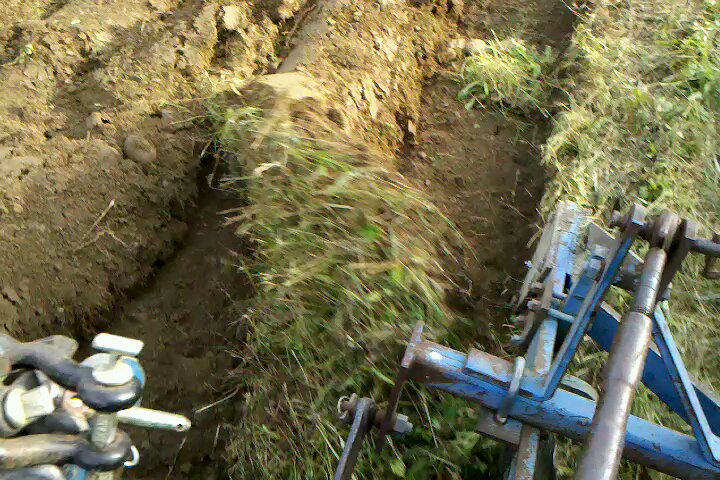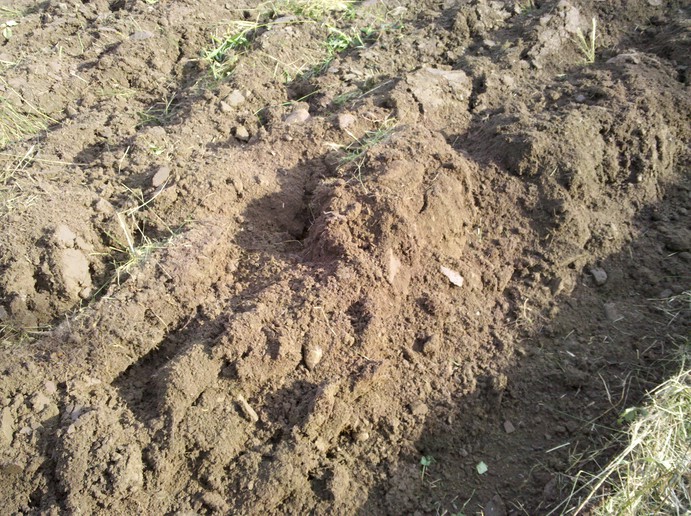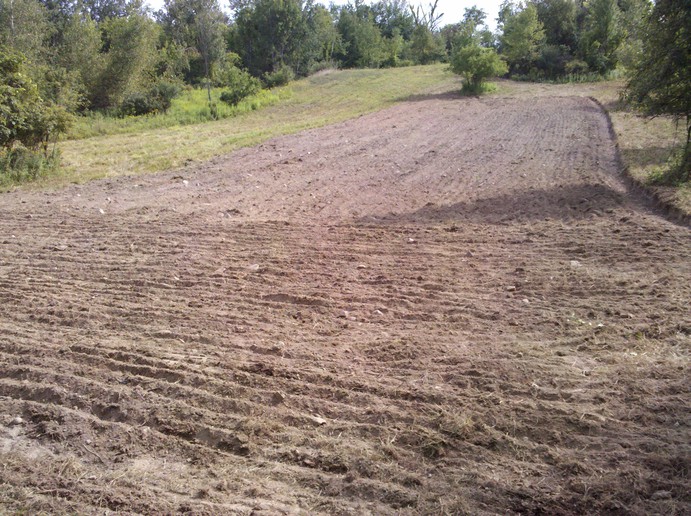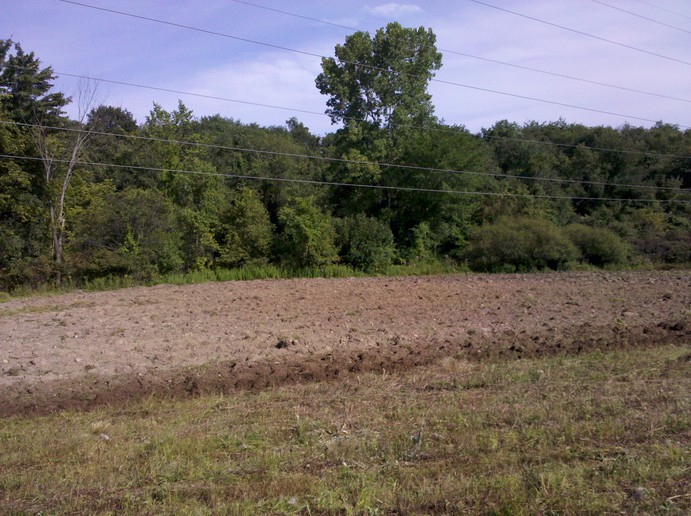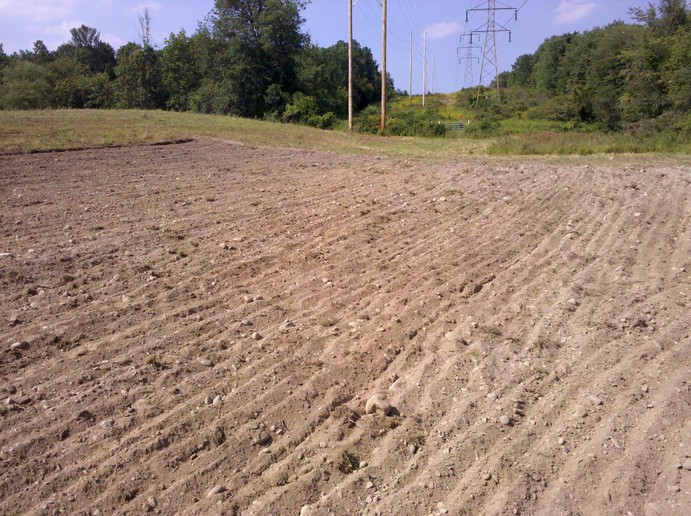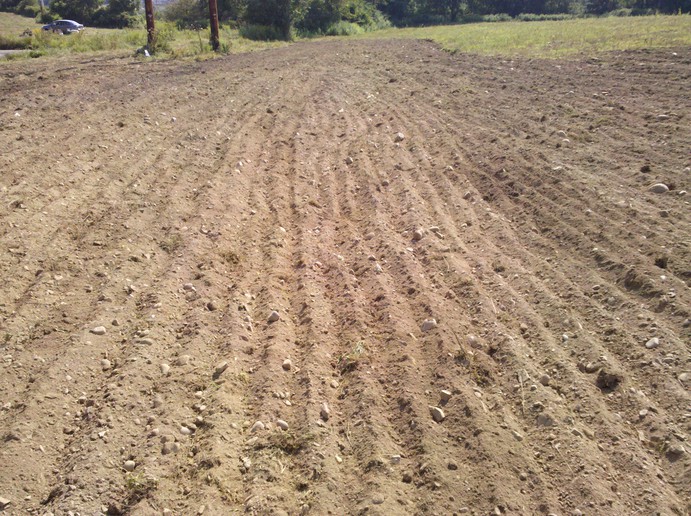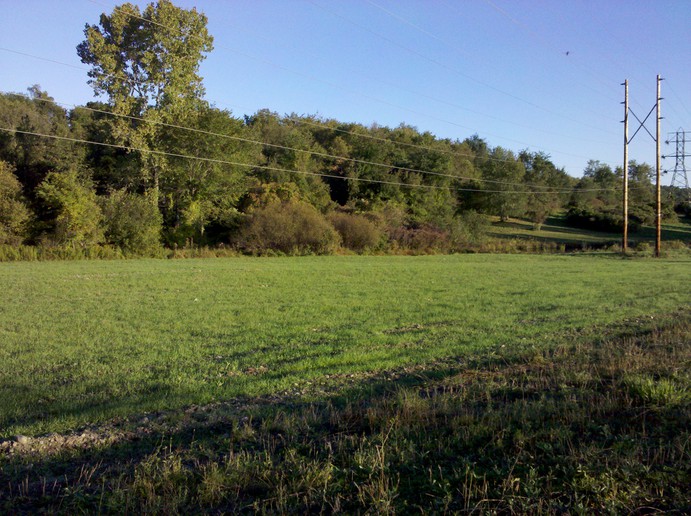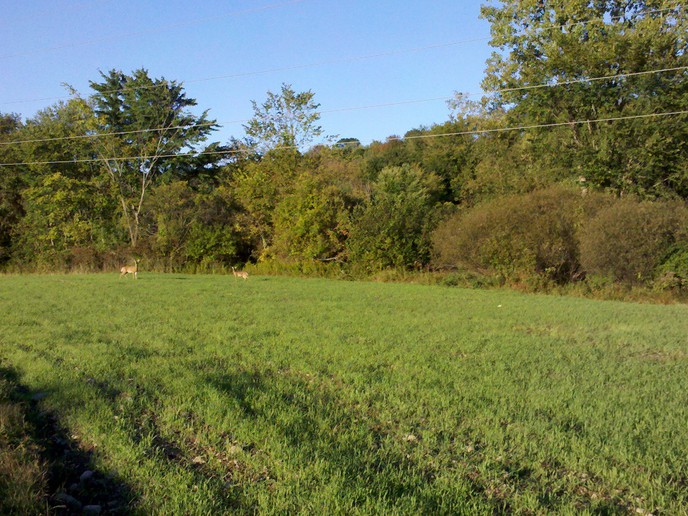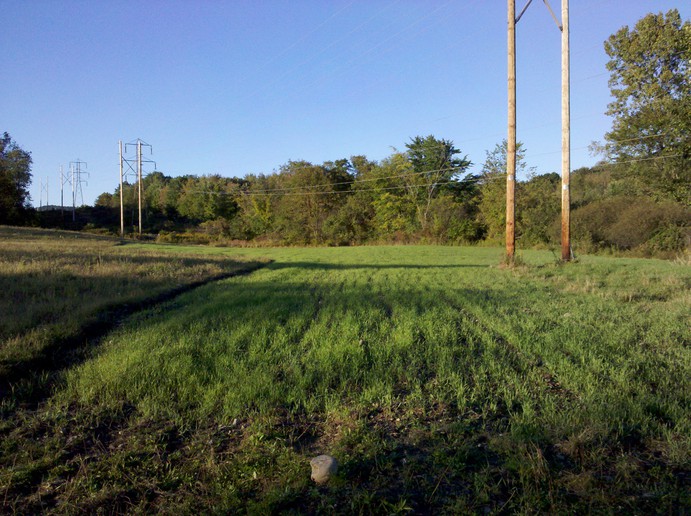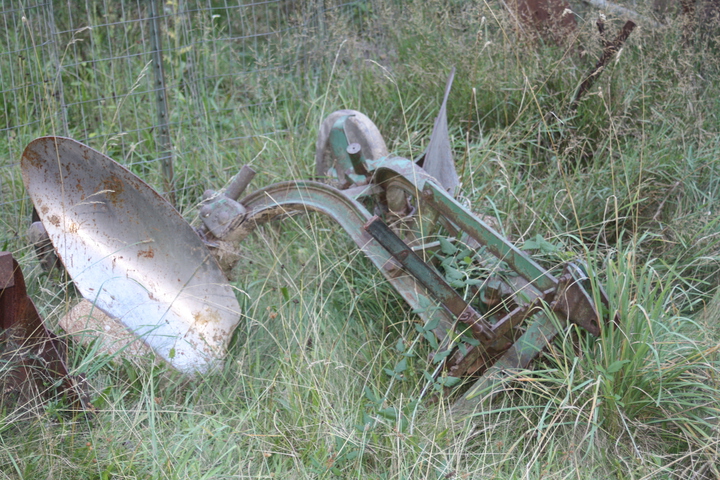Sounds like you needed working draft control on the TO, or a gauge wheel if that draft control was not operational. The plow in the photo came with a gauge wheel, I took it off, and put it inside on the shelf, my draft control was not working, but it seems I got better results by doing this manually, though a gauge wheel I believe is for tractors without draft control to ride on the land side, and maintain the depth you set it at. This plow will plug if I mow first, let whats cut dry down in the heat, sometimes it accumulates, trash guard might solve that on this one. I see that you should be able to plow under taller growth under with complete coverage, just I've never been able to do that successfully, so I usually mow, then let it dry, settle a bit. Not too bad, but that does cause it to accumulate and plug enough to require a fix to mitigate this. Its really not recommended to mow/leave the cuttings and or run the disc first because of this as the plants, stalks etc. are severed and will accumulate vs being severed by the coulter as you go, like with corn trash, that is still connected to its roots and severed as you go. My understanding of it, could be incorrect or more to this than I know.
Coulter does leave a cleaner furrow wall, I have removed mine, and put it back on per the conditions, just to learn what works best in what conditions. There is a lot to learn and practice when plowing for sure, and there are those who forgot more about this than I'll likely ever know about moldboard plowing LOL !!! yet I try, learn, and pass what may be of value to others, hopefully no bad advice LOL ! Conditions will vary and change things, I think I've improved my results. The up side was, a few clogs here and there, but the sod for the most part was completely turned under. The one photo of the L shaped plot, one side was thick grass, like what grows in wet areas, is a low spot that the drainage has been impeded by vegetation, you can make a real mess in that stuff. I'm going to say with the conditions I have plowed in, both trash guards and moldboard extensions are useful. The plow in the photo adjusts nicely on my ford 850, its a 110 ford economy plow, with the long landside/heel, gauge wheel and coulter, it came with an option package, as per the tag on it, and it does flip that sod over well, no extension needed. My 101 2 bottom ford, seems to want the mold board extensions, probably trash guards too, but it seems I can control plugging by not mowing, and I'm not plowing under corn trash,so any areas I continually work, trash should not be an issue, I can see however where those extensions would give the extra nudge in sod, especially if rolling the sod up hill or its standing on edge, partially turning over, been there, done that LOL ! Speed comes to mind too, might be an optimum speed to maintain, I'm usually cautious when plowing, unless its a known area to be clear of interferences. So.. I've not yet mastered this 101 plow, (its one with a good reputation for pulling easy and giving nice results) with that tractor, so I used the 110 as I know I'd get better results, and I was happy to notice the difference when I started discing.
Depth I believe is important as it relates to the depth of your top soils, you don't want to turn up subsoils like the clay/gravel we have here under the topsoil. This single bottom with a new rock share will pull itself in until it stops the tractor, but I find even without the gauge wheel on, using the set/stop on my 3 pt lever I don't have to raise it much or often, only when there is an interference, like a rock or tree roots or it plugs up. In heavy moist soils where I encounter thick swamp like grasses, that thing will sink in and bog the tractor down, thats where draft control is nice, you hit areas like that, it compensates and keeps things rolling uniformly, by hand its not so easy to sense and raise up when moving at the right time, works but.... I would recommend the same, whatever plow you can get to perform the best, would be the one I use, like was said, much better seed bed if that plow does the job its supposed to. The L shaped patch with the dead furrow on the right, none of that green came back, I made one pass with the disc, broadcast oats, made one more pass with the disc, which is fine for a larger seed, like oats, normally its drilled in, then finished with the cultipacker. I then overseeded with fine seed, whitetail institute "no plow" Finer seed you may use the packer after discing, firm up the seed bed, broadcast or drill, then make one more pass, few variables and practices that may vary per your conditions. Idea is to get good seed contact, proper depth, and minimize compaction by getting the job done with the least amount of passes, I will say that using a double roller cultipacker in these parts will contribute to much better and more uniform germination, I've done hay, oats and other similar crops in the past, a must have if can be found, you can substitute with various light kinds of drags, anything is better than nothing. That patch germinated oats perfectly, then the no plow forage infilled that. If I was able to address the PH with lime, fertilize, given the weather we had late summer fall, that would be a nice stand this year, weeds would be minimal, I'll bet hand spraying would have taken care of that, seem to think rag weed likes to come up the following spring whenever the soil is disturbed in the fall. In my case I cut when the weeds had seed, so there would be some but if those areas were cut earlier, that too would minimize new seed getting in the soil.
I'd be real careful around power lines, electricity is nothing to fool with or take lightly, it should be buried to a safe depth, you can never trust what you cannot see, it kills without prejudice or hesitation, I'd be wary of trusting any insulation with that much iron and steel, better to avoid the problem. That one patch in the photos is directly under 115,000 volt lines, they sag in the heat and humidity, too close for comfort then, I wait until its cooler and drier air is present, though I have been under their when not, when thinking about it, weather dictates when I go in there, be one big blue searing pop if it ever arced down to the tractor.
This got a bit long, please pardon me on that, just trying to contribute along with the others, nice thread, good advice by all I think, and interesting to read how methods vary across the U.S. and elsewhere.
 Thanks again, Bryce
Thanks again, Bryce

